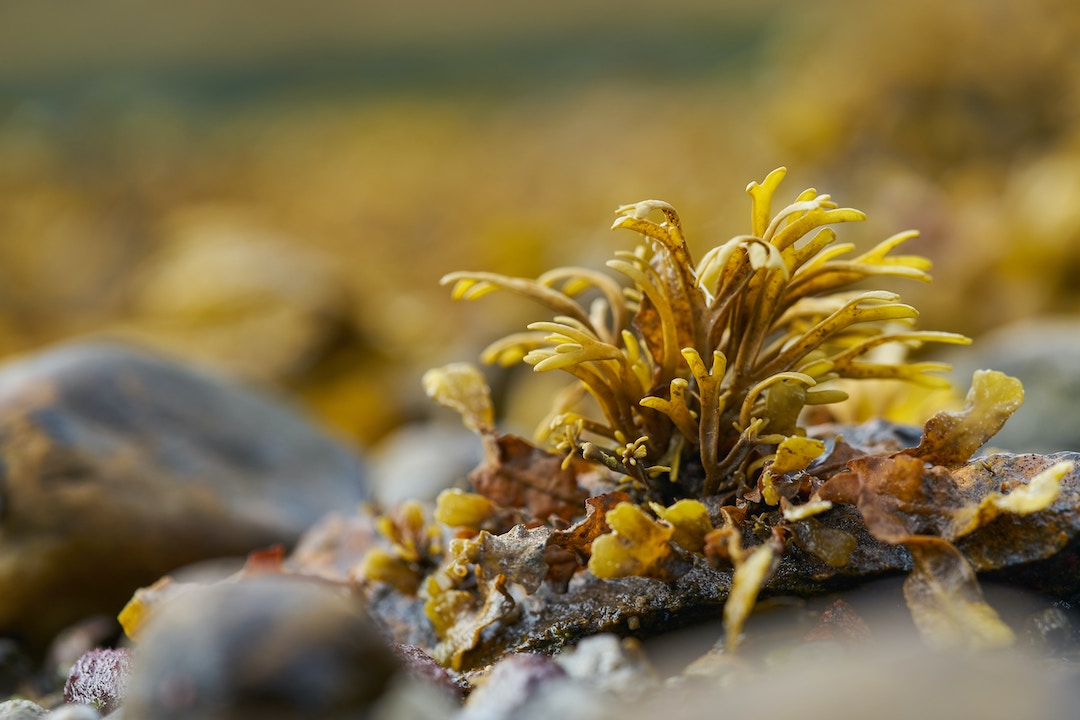Artificial boulders housing rockpools have been dropped into Sydney harbour in an attempt to preserve local marine life.
These Living Boulders are the result of a collaboration between marine scientists, Sydney by Kayak and North Sydney Council. Dropped into the waters of Lavender Bay, they will serve as a home for marine organisms and a solution to the continued impact of coastal development and erosion.

A Living Boulder found in Lavender Bay © Aria Lee
Brilliant boulders
Coastal development includes activities such as building harbours, stabilising shorelines, and introducing other man-made structures. This has resulted in the destruction of many marine habitats, and a loss of marine biodiversity along Sydney’s shores.
In order to combat this, scientists have developed Living Boulders. The boulders have been designed to echo the success of Living Seawalls, structures which provide marine habitats to flora and fauna in overdeveloped areas.
The boulders are intended for breakwaters and revetments where marine habitats are being steadily destroyed. By acting as a home for a variety of wildlife, they should help to restore biodiversity.
According to project leader and marine scientist from Macquarie University, Professor Melanie Bishop, “Living Boulders contain rock pool mimics, providing a critical but otherwise missing intertidal habitat for organisms along the modified Lavender Bay shoreline, and we expect them to increase biodiversity in the area.”
Rockpools are an important ecosystem, serving as a nursery habitat for young marine animals, and host to a diverse network of life. They also offer short-term protection to animals isolated from the sea. By introducing new rockpools within these boulders, Melanie and her team are hoping that the surrounding ecosystem can flourish.

Making a splash
So far, 15 Living Boulders have been placed in Lavender Bay. They each weigh around 130 kilograms, made from specially designed 3D molds. Each boulder houses several rockpools, and has a surface that mimics typical erosion patterns in those rockpools. The rough texture is ideal for seaweed and oysters, which should then attract other wildlife.
“Our designs for these boulders are informed by nearly five years of research from our successful Living Seawalls program, and they can either be incorporated into existing coastal defense structures, or be built into new structures,” says Professor Melanie Bishop.
The boulders were created using an eco-blend concrete which was designed by Alex Goad from Reef Design Lab in Melbourne. This eco-blend is a moist material perfect for native seaweed species. In turn, seaweed acts as an ideal habitat for fish and other small animals.
The first 15 boulders were funded by Sydney by Kayak, who facilitate paddling tours around Lavender Bay and Milson’s Point. They are dedicated to protecting Sydney’s coastline, and viewed this project as a great way to encourage further conservation.
“Living Boulders can reintroduce rock pools, an essential habitat to marine life, in areas fortified by breakwaters and other structures, and protect life from predators and environmental stressors,” Professor Bishop adds.
The project will be monitored closely over the next 12 months. If successful, experts are hoping similar projects can be introduced to other areas of Australia, ensuring our coastlines and marine life are protected for the future.
To learn more about how we are impacting marine life, click here.

